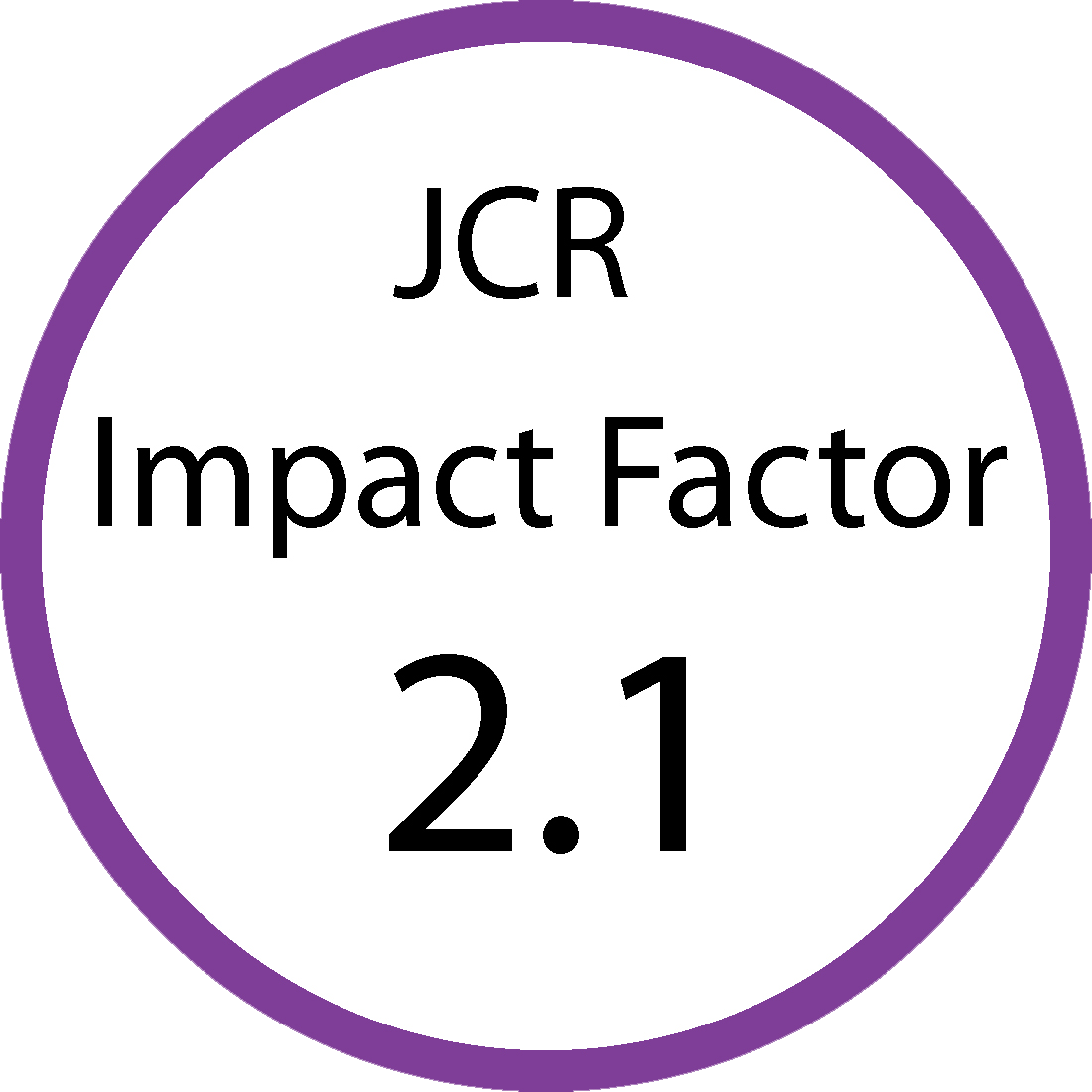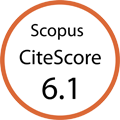Anticancer and Antimutagenic Properties of Pogonatherum paniceum on Colorectal Cancer Cells
Abstract
Background: Pogonatherum paniceum (P. paniceum) (Lam.) Hack. plays an important role in detoxification. However, its anticancer activity has not yet been elucidated. The aim of our study was to examine the suppressive proliferation, anti-migration and mutagenic/antimutagenic properties of P. paniceum. Moreover, we set out to determine the cellular mechanism underlying its antiproliferation.
Methods: To investigate P. paniceum’s anticancer ability, HCT116 and HT29 cell lines were treated with a water extract containing P. paniceum, and then the cell viability was examined using the trypan blue exclusion method which were compared to HEK293 (non-cancerous cells). The anticancer effects were investigated by MTS (3-(4,5-dimethylthiazol-2-yl)-5-(3-carboxymethoxyphenyl)-2-(4-sulfophenyl)-2H-tetrazolium) and colony formation assay. Apoptosis induction, cell cycle distribution, and migration abilities were assessed by cell death detection enzyme-linked immunoassay (ELISA), flow cytometry, and wound healing assay. Finally, the mutagenicity and antimutagenicity were evaluated using the micronucleus assay.
Results: Treatment with P. paniceum caused a loss of cell viability in HCT116 and HT29 cells (not found in HEK293), which had an IC50 (half-maximal inhibitory concentration) of 1,156.2 and 1,207.0 µg/mL, respectively. We found that P. paniceum significantly inhibited the proliferative function of HCT116 and HT29 cells. To find the mechanism that exerts a suppressive proliferation effect on P. paniceum, we determined the DNA fragmentation and cell cycle distribution. We also found that P. paniceum treatment increased apoptosis and arrested of the cell cycle at G0/G1 remarkably when compared with the control group. Moreover, P. paniceum could decrease the migration of HCT116 and HT29 cancer cells. Finally, the treatment of P. paniceum did not induce micronucleus formation but did decrease the micronucleus frequency against mutagen-mitomycin C.
Conclusions: P. paniceum did not possess any toxicity (cytotoxic and mutagenic) but has the potential for anticancer activity against human colorectal cells by increasing apoptosis, which leads to the suppression of cell proliferation. P. paniceum also inhibits cell migration and exerts antimutagenicity, thereby suggesting that P. paniceum might be useful for colorectal cancer treatment.
World J Oncol. 2023;14(4):266-276
doi: https://doi.org/10.14740/wjon1602








 This journal follows the International Committee of Medical Journal Editors (
This journal follows the International Committee of Medical Journal Editors (